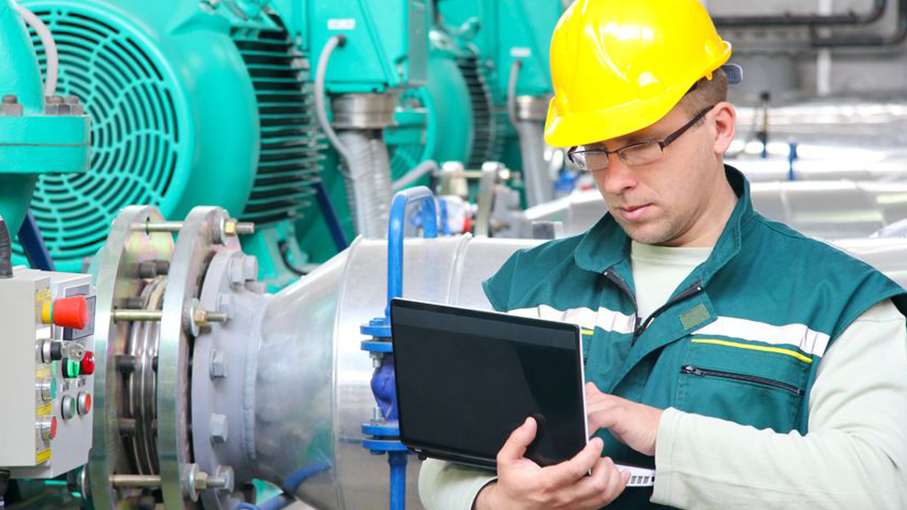Industrial safety can be defined as the set of policies putted in place to avoid damage to people and goods involved in an industrial activity. It is a constantly evolving discipline and a matter of primary importance.
In the past (not only remote), giving little attention to this aspect led to huge scale accidents, with catastrophic consequences both in terms of loss of human lives and economic resources (not to mention environmental impact).
Here you can find the top 6 worst disasters in history caused by/due to insufficient or not adequate industrial safety measures. You can easily understand the essential importance of safety systems quality, with special regard to plants design activity, which must lead to really safe and human error proof systems.
6. Oppau explosion, Germany
September 21st, 1921: a tower silo containing Ammonium Sulphate and Ammonium Nitrate mixture exploded in the BASF chemical plant in Oppau, killing about 600 people and injuring over 2000. A few months earlier, the plant's industrial process had been altered to lower density and humidity levels of the mixture. This factor is considered responsible for the explosion.
5. The disaster of Courrières (France)
March 10th, 1906 is the date of the worst mining accident ever happened in Europe: in the French town of Courrières an explosion of the local coal mine caused the death of 1099 people. One of the hypothesized causes was the ignition of methane for the presence of a naked flame.
4. The explosion of Benxihu Colliery (China)
On April 26th, 1942, in the coal mine of Benxi, China, an explosion of gas and coal powders caused the death of 1549 miners. Only few were killed by the explosion itself, while most suffocated because of the consequent shutdown of the ventilation system.
3. Bhopal accident, India
On December 3rd, 1984, over 40 tons of Methyl Isocyanate leaked from the Union Carbide India Limited (UCIL) plant in Bhopal, India. The causes of the disaster were attributed to the negligence and the inadequate industrial safety measures adopted by the staff. The effects of toxic gas are still felt today, as malformations and dysfunction in newborns and diseases among the population.
2. The Deepwater Horizon oil disaster
The worst environmental disaster in American history: on April 20th, 2010, the Deepwater Horizon oil platform, part of the British Petroleum group, was drilling the Macondo Prospect off the Louisiana coast. An explosion on the platform killed 11 people while 17 were injured. The consequent oil spill lasted for 106 days, bearing serious consequences for marine life and local population’s health. BP cost is in excess of 62 billion dollars.
1. The Chernobyl disaster (Ukraine)
The last industrial accident we list is the most famous one. On April 26th, 1986, a human error (together with structural problems of the system) caused a series of explosions inside the Chernobyl nuclear power plant that destroyed the reactor and annexed buildings, causing the release of a radioactive cloud. 43 workers died immediately, about 125,000 people were killed in the following years by cancer or other illnesses caused by radiation exposure, thousands of Ukrainians were forced to move. Chernobyl is also the most expensive industrial accident ever, as its total economic impact is estimated in about 200 billion dollars.


